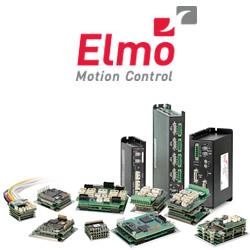TURCK Extends RFID Capabilities with Compact UHF Read/Write Head
Paired with TURCKs BL ident platform, the new Q120 product creates an all-in-one RFID solution
PLYMOUTH, Minn. (Oct. 15, 2014) - TURCK announces its Q120 compact UHF read/write head, a flexible RFID solution that improves identification in close and medium UHF applications. The product is ideal for application ranges up to 3 meters with a 50mm tag, and expands TURCKs RFID UHF portfolio.
The Q120 UHF read/write head can be operated on TURCKs BL ident® platform, easily integrating into existing control systems across all major protocols to provide an all-in-one industrial RFID solution. For more application flexibility, the Q120 can be operated simultaneously with HF solutions for an industrial RFID solution unmatched in the market.
The compact read/write head supports ISO 18000-6C and EPCglobal Gen 2 Standards, and combines antenna and electronics in a robust IP67 aluminum housing with dimensions 130 x 120 x 60 mm. Paired with TURCKs robust UHF tag selection, the Q120 can now be directly mounted on metal, and used at high temperatures or in autoclaves.
"The Q120 UHF read/write head broadens our RFID portfolio, and TURCK can now provide a UHF read/write solution to a wider range of applications," said Don Eichman, product manager for TURCK. "With longer read/write distances through UHF technology, we can find more flexible solutions for customers — for example, finding a better mounting location for the read/write head. When used with other TURCK products, the Q120 makes us more competitive across the spectrum of UHF read/write applications."
To find out more about TURCKs Q120 compact UHF read/write head, please visit www.turck.us.
Featured Product

Elmo Motion Control - The Platinum Line, a new era in servo control
Significantly enhanced servo performance, higher EtherCAT networking precision, richer servo operation capabilities, more feedback options, and certified smart Functional Safety. Elmo's industry-leading Platinum line of servo drives provides faster and more enhanced servo performance with wider bandwidth, higher resolutions, and advanced control for better results. Platinum drives offer precise EtherCAT networking, faster cycling, high synchronization, negligible jitters, and near-zero latency. They are fully synchronized to the servo loops and feature-rich feedback support, up to three feedbacks simultaneously (with two absolute encoders working simultaneously). The Platinum Line includes one of the world's smallest Functional Safety, and FSoE-certified servo drives with unique SIL capabilities.
